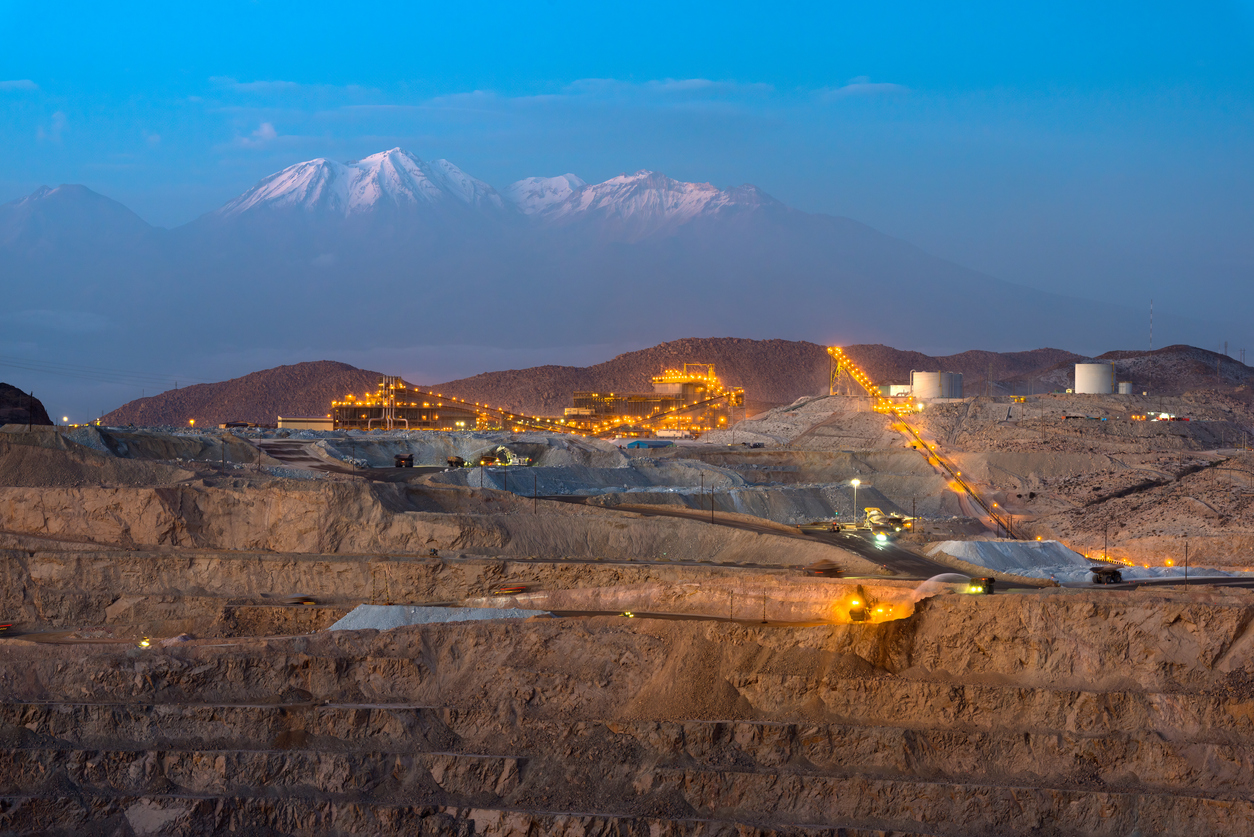
Copper bounced back over $8,000 a tonne last week on hopes that the worst of China’s economic downturn was behind it, but the bellwether metal is now flirting with a bear market once again — with a nearly 20% decline so far in 2022.
On Tuesday, while releasing its full-year results, BHP based on 2021’s total production of just over 1 million tonnes, warned that prices might significantly weaken in the next few years. That trend could then reverse in the second half of the decade.
Short-term supply gains may be possible thanks to new output from projects and expansion in central Africa, Chile, Peru, and Mongolia. These should come on stream through 2024 and keep the market well-supplied. The company’s guidance for a 4%-16% increase in copper production in the next 12 months and rising primary supply should dovetail with the higher scrap levels supported by increasing end-of-life pool size out of China.
Electrification is the major factor driving projections for a spike in demand from the mid-to-late 2020s. Renewable power generation, electric vehicles, and energy storage are all expected to grow exponentially, with copper an essential input.
Grade declines, water constraints, resource depletion, and increasing complexity at known developments all have an effect on costs. This is why companies have been reluctant to invest in new copper projects, even as the price of the metal has more than tripled since early 2016
Grade decline is the natural result of the depletion of easy-to-find, high-grade ore deposits. This has been a factor in the rising costs of copper production for a number of years.
Water constraints are an increasingly important issue for the copper industry, especially in Chile, the world’s largest producer. Record low rainfall in many parts of the world have created challenges for both mines and smelters that require large volumes of water to operate.
BHP also noted that capital spending and demand in the space are disconnected right now. For an upside case for demand by 2030, the industry’s capex could hit $250 billion. However, S&P Global notes that spending in 2024 for most copper producers in the list of the 80 largest miners (excluding diversified miners) could be roughly half that of the calendar year 2014.
Uncertainty in the copper market due to fluctuating demand from China, the world’s largest consumer, has been a key factor weighing on prices in recent years. While Chinese demand is expected to continue to grow in the long term, it is unlikely to do so at the same breakneck pace as in previous years.
China’s economic growth is expected to slow in the coming years as the country grapples with structural problems such as high levels of debt. This could lead to weaker demand for copper in the short term but a continued upward trend through the rest of the decade, coinciding with BHP’s overall outlook.



 Follow us on Twitter
Follow us on Twitter Become our facebook fan
Become our facebook fan










Comments are closed.